Discover HPMC for Painting: The Ultimate Guide to Quality Results
Jan. 01, 2025
What is HPMC?
HPMC, or Hydroxypropyl Methylcellulose, is a cellulose ether derived from natural cellulose. It is a white powder that becomes a clear gel when mixed with water. The versatility of HPMC makes it a popular choice in various industries, particularly in pharmaceuticals, construction, and, of course, painting. In the realm of painting, HPMC serves as an essential additive that enhances the performance and quality of paints and coatings.Benefits of Using HPMC in Paints
Incorporating HPMC into paint formulations brings several advantages. Firstly, it improves the viscosity of the paint, allowing for better application control and extending the open time, which is the period during which the paint remains workable. This is particularly advantageous when working on larger surfaces or intricate designs, as it reduces the risk of brush marks or roller stippling.Additionally, HPMC enhances the stability of paints, preventing separation and ensuring consistent texture throughout the application process. It also serves to improve adhesion, making paints more resistant to peeling and flaking over time. Furthermore, HPMC can increase the water retention capacity of the paint, which is critical for achieving smooth finishes, as it ensures that paint dries evenly.Applications of HPMC in Painting
HPMC is utilized across a variety of paint types, including water-based paints, emulsion paints, and even some oil-based formulations. In water-based paints, HPMC is particularly valuable, as it helps to stabilize the emulsion and maintain the desired viscosity. This is essential for achieving smooth application and uniform finishes.Moreover, HPMC is also commonly used in textured paints and coatings, where the need for optimal thickness and stability is paramount. Its ability to provide excellent working properties makes it an integral component for achieving high-quality results in decorative finishes, primers, and sealants.How to Choose the Right HPMC for Your Painting Project
Selecting the right HPMC for your specific painting project involves considering several factors. The viscosity grade of HPMC is crucial, as it dictates the thickness and workability of the paint. For projects requiring superior flow and leveling, a higher viscosity grade may be necessary.Another important consideration is the degree of substitution, which affects the water solubility and gel-forming capacities of HPMC. A higher degree of substitution generally leads to better water retention and adhesion characteristics, making it a beneficial choice for ensuring durability in painted surfaces.Best Practices for Using HPMC in Painting
To achieve the best results when using HPMC in your paint formulations, it is essential to follow certain best practices. First, ensure thorough mixing to achieve a homogenous solution; clumping can severely impact performance. Gradually adding HPMC to water while stirring helps avoid lumps.It is also advisable to conduct small-scale tests before full-scale application, as this allows you to tweak the formulation as needed. Pay attention to environmental conditions, such as humidity and temperature, as these can influence drying times and the overall application experience.Conclusion
HPMC is an invaluable component in modern painting techniques, offering numerous benefits that translate to better quality paintings and coatings. Its ability to enhance viscosity, stability, adhesion, and water retention makes it a go-to choice for professional painters and DIY enthusiasts alike. To learn more about how to incorporate HPMC into your projects or for any inquiries about our products, feel free to contact us.For more information, please visit hpmc for painting, ODM polypropylene staple fiber factory, hpmc for caulking gypsum.
Additional resources:Chemicals
How Light Magnesium Oxide Benefits Your Products
Top RDP For Tile Adhesive Exporter: Boost Your Business Today!
Understanding RDP Applications in Gypsum Plaster Solutions
What is 4-Methylpropiophenone CAS 5337-93-9 Used For?
What Are the Side Effects of HPMC?
How Should MHEC Transform Tile Adhesive Production?Additional resources:
MHEC Chemical for Tile Adhesive Exporter: Your Ultimate Guide
Why Are High Purity Chemicals Essential Today?
What are the benefits of stone cracking powder?
Iron Oxide Pigment FAQs: Common Questions Answered
Advantages of Single-phase Immersed Dielectric Coolant
How Long Does HDPE Last For?
What Is Sf6 Gas and Where It Is Used?
63
0
0
Share:
Related Articles

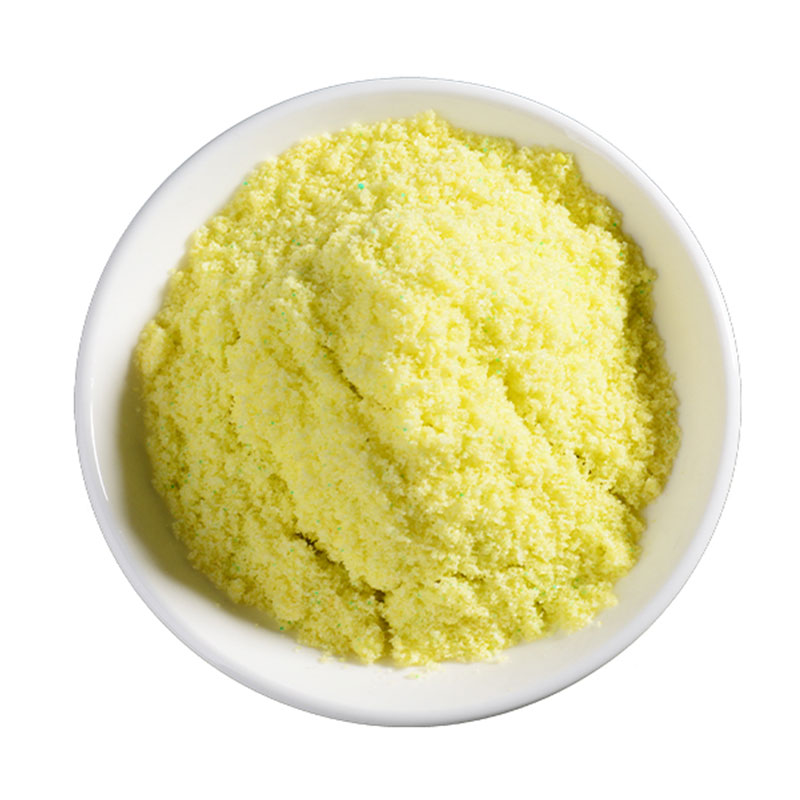
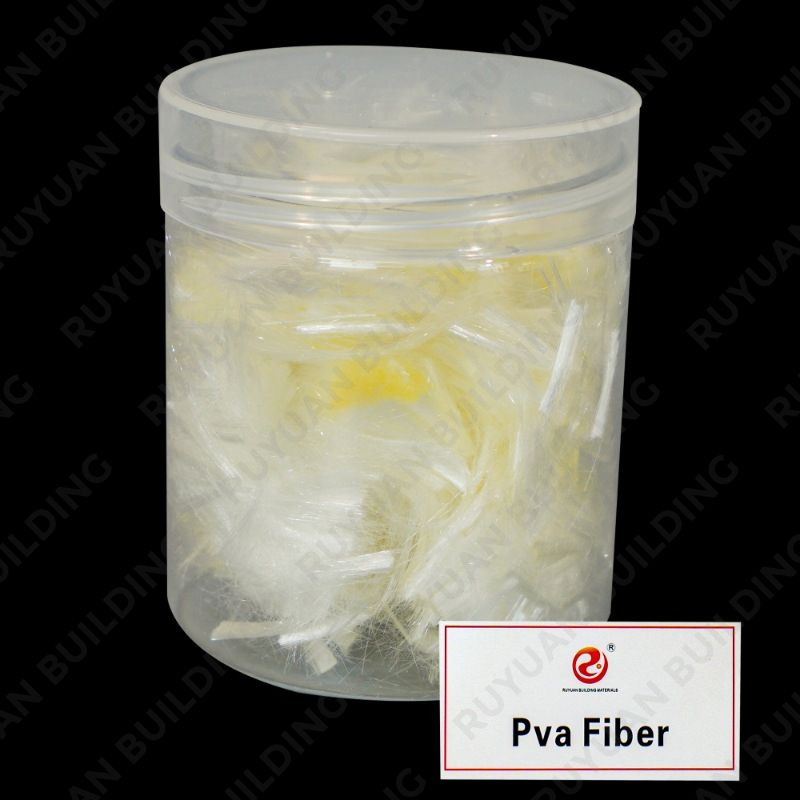
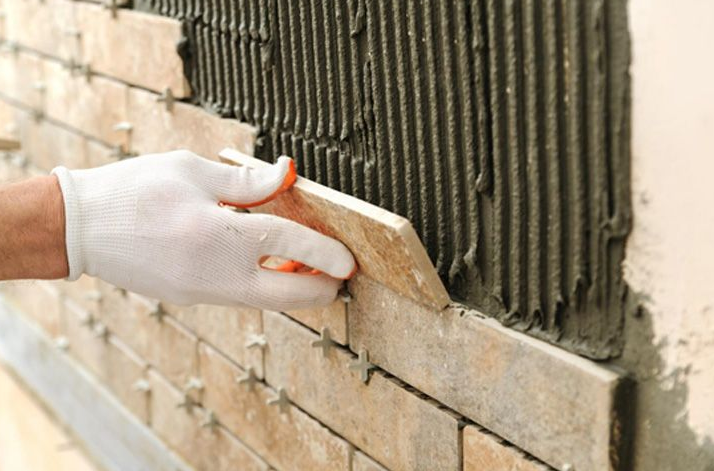
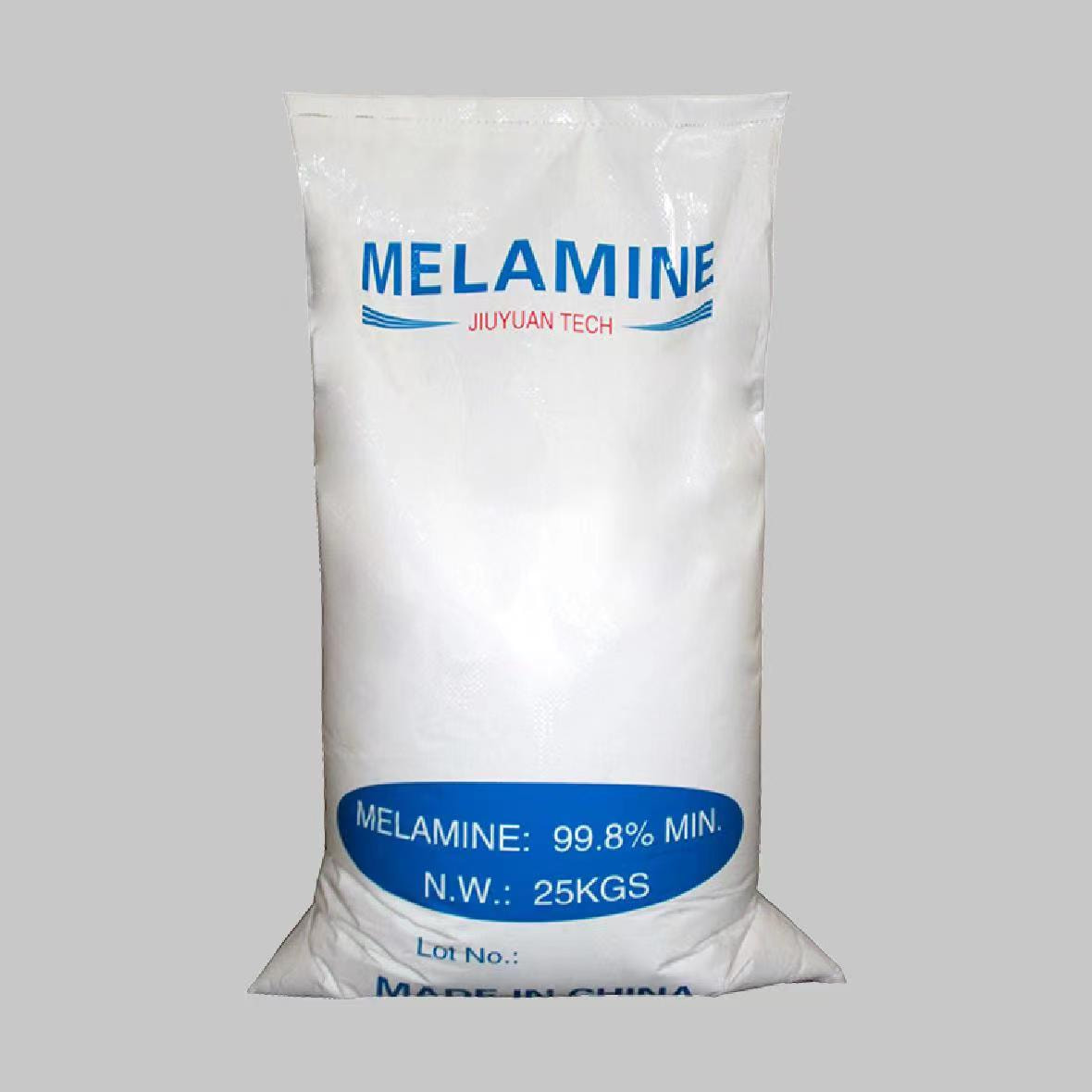
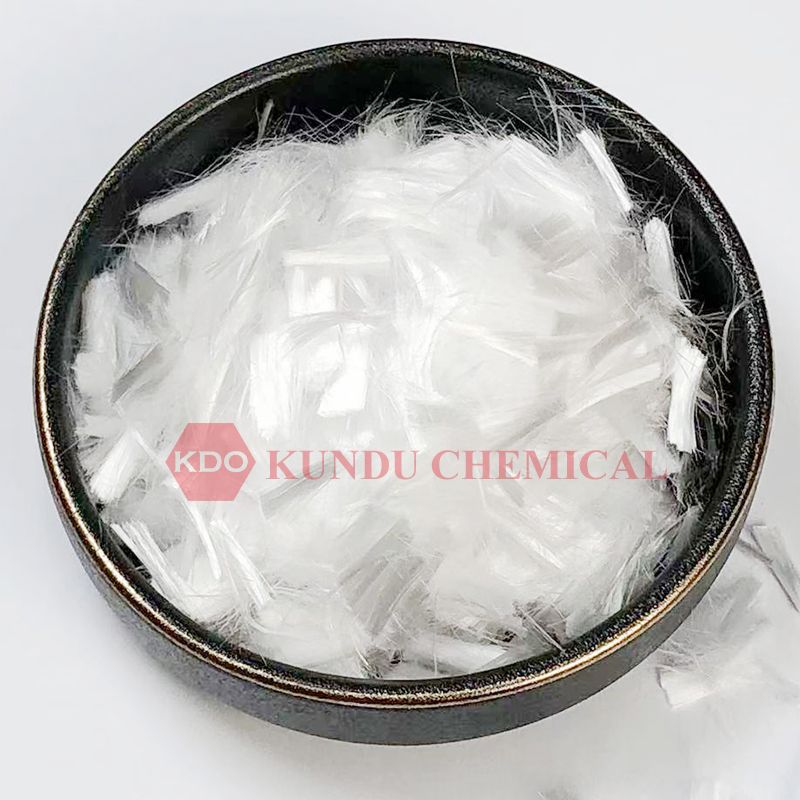
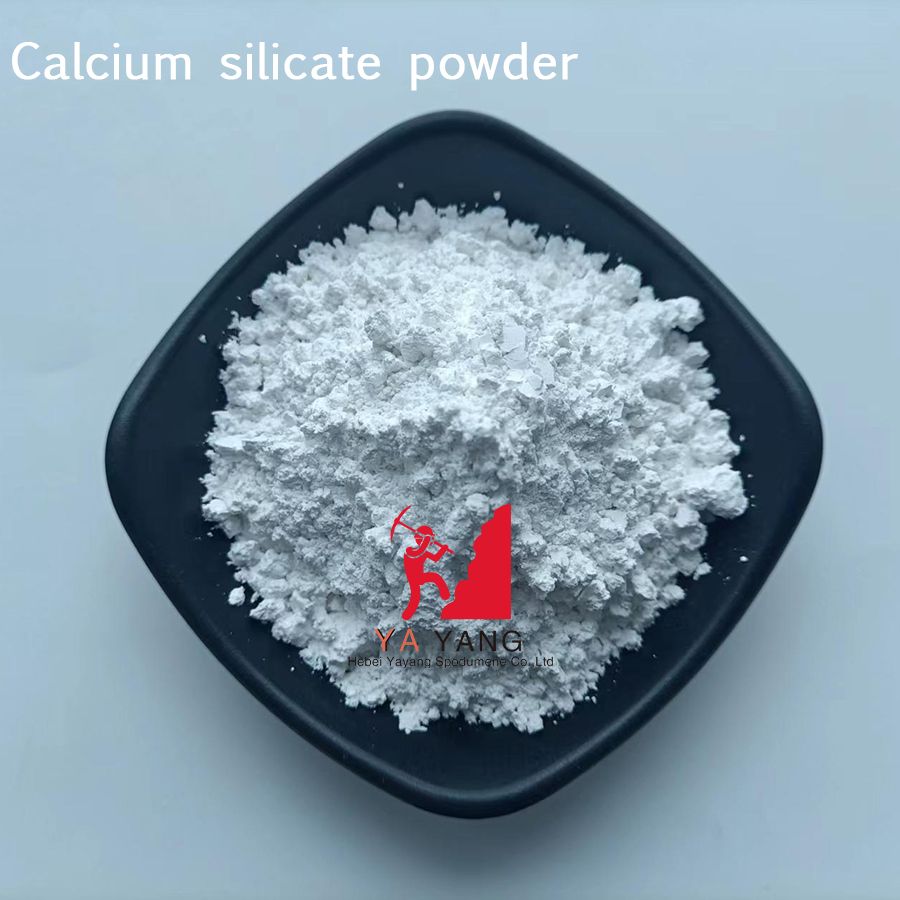
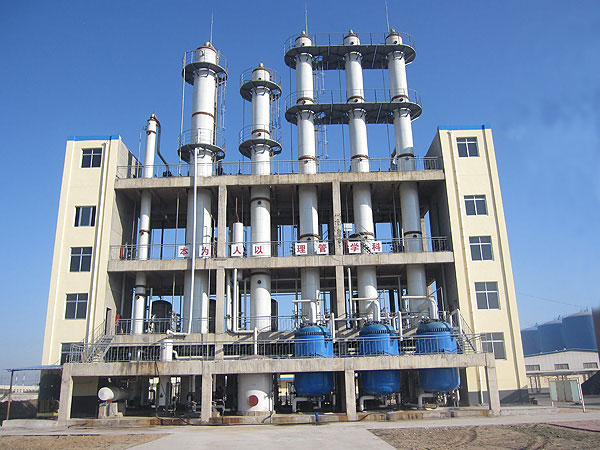
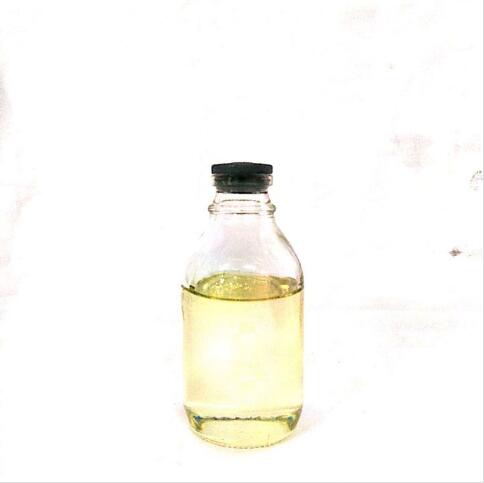
Comments
All Comments (0)